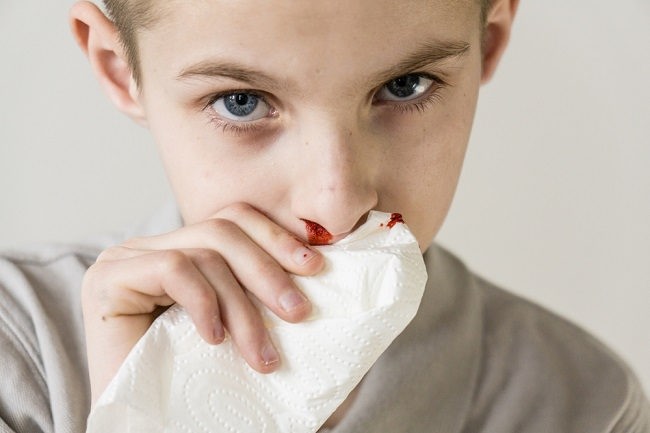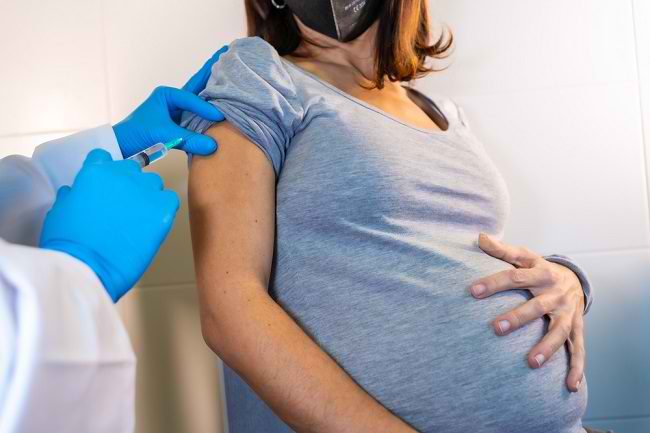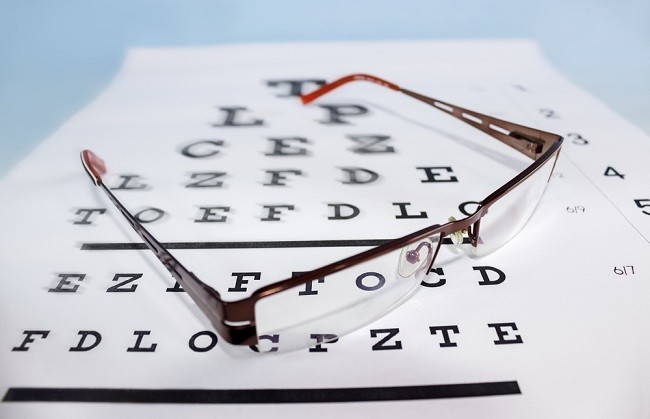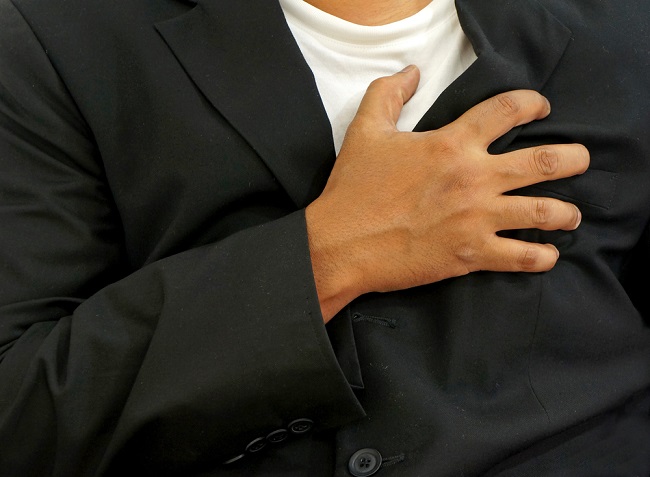Valganciclovir is an antiviral drug used to prevent infection cytomegalovirus (CMV) in organ transplant recipients. In addition, this drug is also used to treat retinitis due to CMV infection in people with HIV/AIDS.
Valganciclovir should not be used carelessly and must be in accordance with a doctor's prescription. This drug works by slowing the growth of the CMV virus so that it can prevent the infection from spreading to other parts of the body. Valganciclovir cannot cure viral infections cytomegalovirus.

Trademark valganciclovir: Valcyte
What's that Valganciclovir
| group | Prescription drugs |
| Category | Anti Virus |
| Benefit | Preventing CMV infection in organ transplant recipients and treating CMV retinitis in people with HIV/AIDS |
| Consumed by | Mature |
| Valganciclovir for pregnant and lactating women | Category D: There is positive evidence of risks to the human fetus, but the benefits may outweigh the risks, for example in dealing with life-threatening situations. It is not known whether Valganciclovir is absorbed into breast milk or not. If you are breastfeeding, do not use this medicine before consulting your doctor. |
| Drug form | Film-coated tablets |
Precautions Before Taking Valganciclovir
Valganciclovir is a drug that must be used according to a doctor's prescription. Before taking valganciclovir there are several things you need to pay attention to, namely:
- Do not use this medicine if you are allergic to valganciclovir, acyclovir, or ganciclovir.
- Tell your doctor if you are taking imipenem-cilastin treatment. Valganciclovir should not be used in patients who are taking this drug.
- Tell your doctor if you have or have had kidney disease, liver disease, and blood or bone marrow disorders, such as anemia, leukopenia, neutropenia, thrombocytopenia, or pancytopenia.
- Tell your doctor if you are on dialysis or dialysis.
- Tell your doctor if you are pregnant, breastfeeding, or planning a pregnancy. If you are sexually active, use birth control to prevent pregnancy, while on treatment with valganciclovir.
- Tell your doctor if you are taking certain medications, supplements, or herbal products.
- Perform routine blood checks or checks according to the directions given by the doctor while undergoing treatment with valganciclovir.
- As much as possible, avoid activities or activities that can increase the risk of injury or bleeding while taking valganciclovir.
- Do not drink alcohol, drive, or engage in activities that require alertness after taking valganciclovir, as this drug can cause dizziness and drowsiness.
- See your doctor right away if you have an allergic reaction, serious side effects, or overdose after taking valganciclovir.
Dosage and Rules for Use of Valganciclovir
The dose and duration of use of valganciclovir will be determined by the doctor according to the patient's age and health condition. Below is a breakdown of common valganciclovir dosages:
- Purpose: Treating retinitis cytomegalovirus in HIV/AIDS patients
Adult: 900 mg 2 times daily, for 21 days. Maintenance dose 900 mg once daily.
- Purpose: Prevent infection cytomegalovirus in organ transplant recipients
Adults: 900 mg once daily, given from 10 days before transplantation to 100 days after transplantation. The duration of treatment may be continued for up to 200 days in kidney transplant patients.
How to Take Valganciclovir Correctly
Follow your doctor's instructions and read the information on the valganciclovir package before taking it. This medicine can be taken with meals or just after eating.
Swallow the tablet whole, do not split or chew the tablet. If the tablet disintegrates and then comes into contact with the skin, wash the affected area immediately with running water.
Make sure that there is sufficient time between one dose and the next. Try to always take valganciclovir at the same time every day, so that the effect of the drug can be maximized.
If you forget to take valganciclovir, do it as soon as you remember if the break with the next consumption schedule is not too close. If it is close, ignore it and do not double the dose.
Do not stop using or increase or decrease the dose of valganciclovir without consulting your doctor first.
During treatment with valganciclovir, your doctor will ask you to have regular check-ups and regular blood tests. Always follow the directions given by the doctor.
As much as possible, always pay attention to personal and environmental hygiene, avoid activities that can cause injury, and avoid contact with people with infectious diseases while undergoing treatment with valganciclovir.
Store valganciclovir at room temperature. Keep the medicine away from direct sunlight, hot temperatures, and damp places. Keep medicine out of reach of children.
Valganciclovir Interactions with Other Drugs
There are several interactions that can occur if valgancivlovir is used in combination with other medicines, including:
- Increases risk of seizures when used with imipenem-cilastin
- Increases the risk of a decrease in the number of blood cells that can cause anemia, thrombocytopenia, or leukopenia, if used with clozapine, zidovudine, deferiprone, or mycophenolate mofetil
- Increased risk of kidney and bone marrow damage when used with amphotericin B, ciclosporin, doxorubicin, vinblastine, vincristine, or tacrolimus
- Increases the risk of developing serious and fatal infections when used with certolizumab, infliximab, or etanercept
- Increased risk of side effects from valganciclovir if used with probenecid, inotersen, or cidofovir
- Increases didanosine levels in the blood
Side Effects and Dangers of Valganciclovir
There are several side effects that can appear after taking valganciclovir, including:
- Dizzy
- Drowsiness
- Nausea or vomiting
- Headache
- Tingling, numbness, or weakness
- Sleep disturbance
- Stomach ache
- Diarrhea
- Body shaking
- Body feels shaky
Check with your doctor if the side effects mentioned above don't go away or get worse. You should see a doctor immediately if you have an allergic reaction to the drug which can be characterized by the appearance of a red rash on the skin, swelling of the eyelids and lips, or difficulty breathing.
In addition, see a doctor immediately if you experience more serious side effects, such as:
- The onset of symptoms of an infectious disease, such as fever, chills, sore throat that does not go away, or canker sores
- Kidney disorders, can be characterized by reduced frequency and amount of urine or unable to urinate
- The occurrence of abnormal bleeding, can be characterized by bleeding gums, vomiting blood, black vomit, or easy bruising
- Blood disorders, can be anemia or low blood platelet levels (thrombocytopenia)
- Impaired liver function, can be jaundice or loss of appetite
- Visual disturbances, can be a decrease in visual acuity, vision becomes dark, or floaters
- Dizziness, fainting, or seizures









